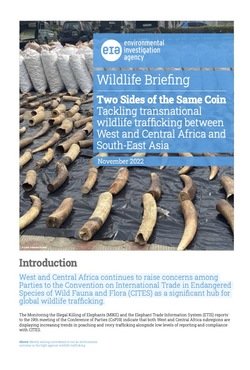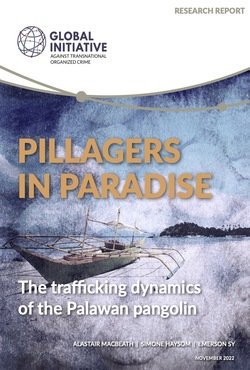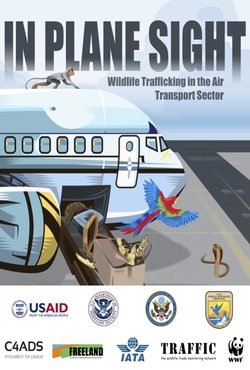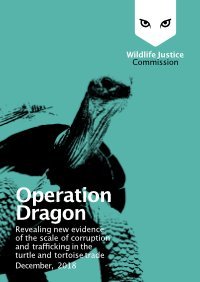By The International Crisis Group
Over half a century on from the declaration of a “war on drugs”, Latin America is struggling to manage the eruption of violence tied to the narcotics trade. Though drugrelated organised crime has brought notorious peaks of violence in the past, above all in Colombia and Mexico, never has it spread so wide, and rarely has it penetrated so deeply into states and communities. Criminal groups have splintered, multiplied and diversified, adding lethal synthetics like fentanyl to the traditional plant-based supply of marijuana, cocaine and heroin, as well as moving into new rackets like extortion. Where communities are poor and unprotected, criminal groups act as employers and overlords; where state officials are present, they coerce and corrupt them. With Washington pushing for a fresh military-led crackdown on drug cartels, perhaps involving U.S. forces, Latin American leaders face difficult decisions. Despite the pressure to comply, experience suggests that a balance of improved policing, alternative livelihoods, gun control and, under specific conditions, negotiations would be more effective in reducing violence. The map of the drug trade in Latin America has been transformed in the decades since supply routes from the Andes to the U.S. first emerged. Demand for narcotics outside the region remains at record highs, with newer markets booming – particularly for cocaine in Europe and fentanyl in the U.S. At the same time, waves of U.S.- backed law enforcement, based on capture and extradition of crime bosses (known as kingpins), drug seizures and forced eradication have revolutionised the supply chain. Although Colombia and Mexico remain at the heart of the drug business, a main route to the U.S. and Europe runs down the Pacific, passing through countries that were largely untouched by illicit trafficking such as Costa Rica and Ecuador. Each of these has seen rates of violence rise sharply; in 2024, Ecuador was South America’s most violent nation. Across the region, surges of bloodshed have marked the new hubs of a fast-shifting, hyper-violent drug trade. Understanding how this rolling crime wave came about is fundamental to arresting it. Drug-related organised crime has adapted to the threat posed by law enforcement by becoming more flexible and resilient. In place of hierarchical syndicates that could be dismantled once their leaders were identified, the trade increasingly functions through networks of providers who subcontract each step of the route to lower tiers of operators. High-level financiers engage sophisticated international traffickers, who oversee drug exports to user markets. These in turn partner with national and local crime groups to meet the orders. National groups manage production or ensure safe passage of the drug along a particular trafficking corridor. At the local level, urban gangs are contracted by larger criminal allies for small-scale logistical services like smuggling drugs through ports. All the layers of these networks have learned that capturing state officials is a business asset. Using a mix of threats and payoffs, they target police officers, judges, prosecutors and politicians who can ensure that business runs smoothly, without the risk of arrest or seizure of shipments. Likewise, prisons in some of Latin America’s roughest settings are run by inmates, who manage their criminal enterprises behind bars and carry out vendettas against rivals inside and outside.
Brussels: International Crisis Group, 2025. 51p.





















